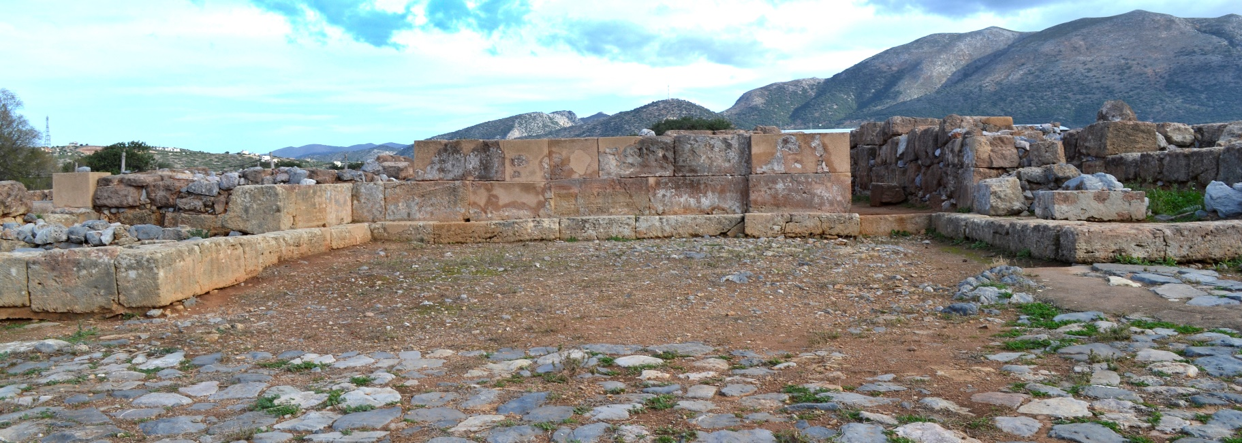
The Ministry of Culture is launching maintenance and structural reinforcement works at the Minoan Palace in Malia. Malia is on the list of archaeological sites of high risk due to the climate crisis, as heavy rainfall has caused, in the last five years, flooding phenomena in the archaeological site
The Minister of Culture Lina Mendoni said: “For the Ministry of Culture, the prevention, systematic monitoring and shielding of our country’s cultural heritage from the climate crisis is a political priority, as is the protection, restoration and enhancement of archaeological sites, and the upgrading of visitor services infrastructure. The archaeological site open to visitors includes the Minoan Palace and the excavated parts of the ancient city surrounding it. Extreme weather events began to be observed in 2019, when the intense floods that hit the island led to landslides and damage to the archaeological site. The implementation of fixing and maintenance works was deemed necessary for the protection of the monuments, while the flood protection project is underway, with the construction of an extensive drainage network and the replacement of damaged roofs with new, highly durable ones. The construction of the palace of Malia dates back to the beginning of the Protopalatial period. The discovery of archaeological material dating between 1900-1700 BC supports the hypothesis that the Malian palace predates those of Knossos and Phaistos. The Minoan Palace of Malia is included in the Minoan palace centres that we have proposed for the serial inscription of Minoan palaces on the UNESCO World Heritage List.”
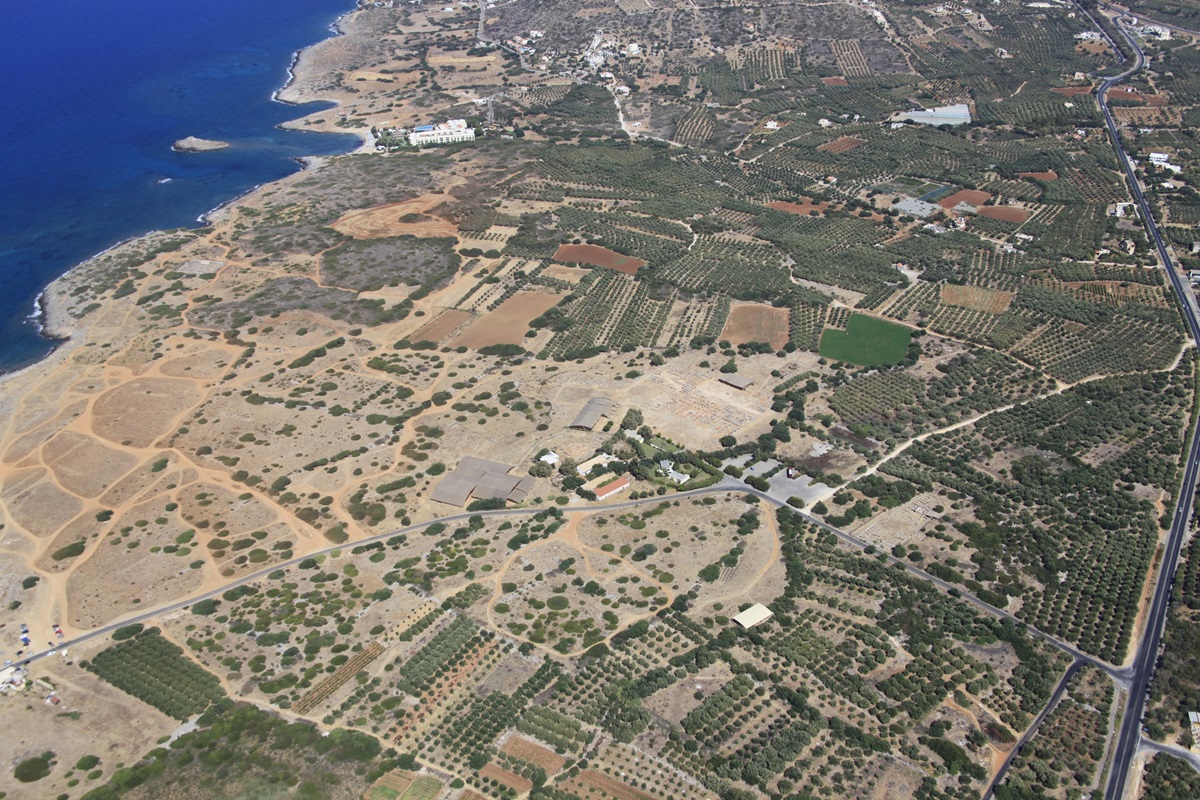
The excavations in Malia began in 1915 by the Ephorate of Crete. In 1921, cooperation with the French Archaeological School began, which excavated the building complex of Chrysolakkos. Pottery from the 3rd millennium BC has been found at the site, but systematic occupation of the area dates between 2450-2200 BC. Around the palace, large architectural units were developed during the Protopalatial period, such as the Mu quarter, the sub-crypt that connects to the marketplace. At the end of the Protopalatial period (~1700 BC) the Malian site was destroyed by a strong earthquake and subsequent fire. After the destruction, attempts were made to reconstruct it at the beginning of the NeoPalatial period (1700-1430 BC). But in 1530 BC the palace was destroyed again, probably by the earthquake caused by the eruption of the volcano of Santorini. Around 1390 BC, activity was again detected at the site.

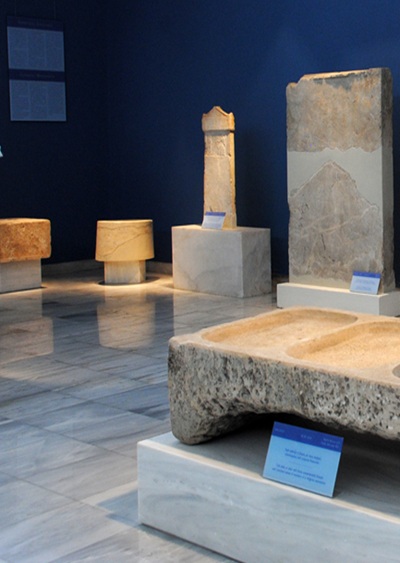
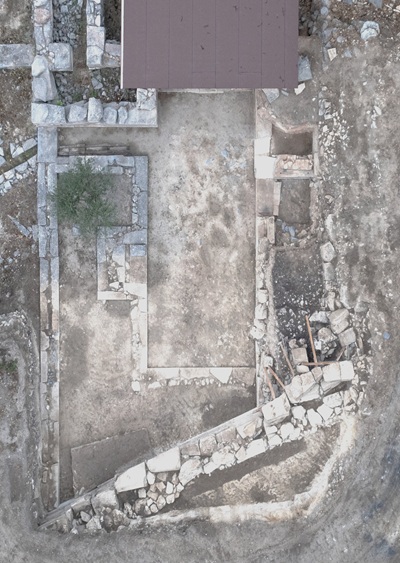
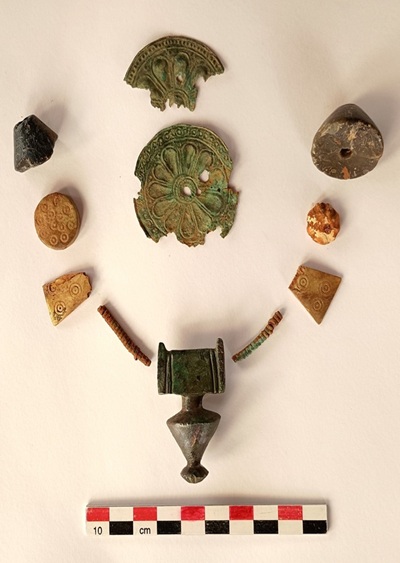
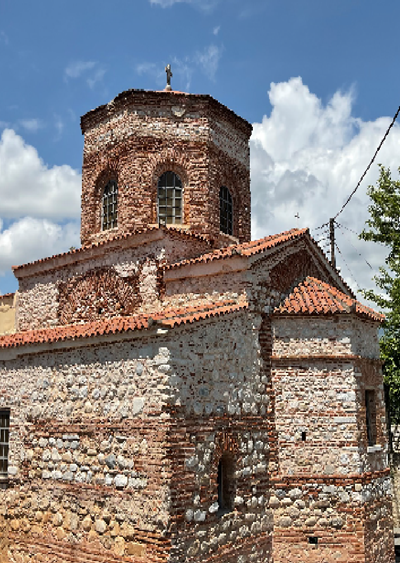


Leave A Comment